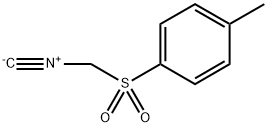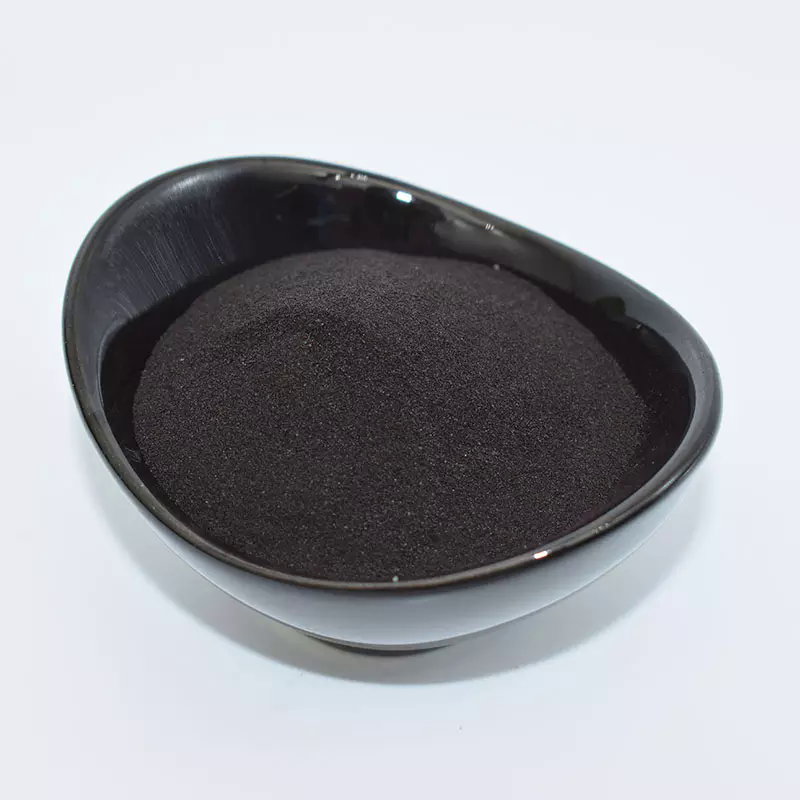GHATTI GUM
- CAS NO.:9000-28-6
- Molecular Weight: 0
- MDL number: MFCD00131248
- EINECS: 232-534-7
- Update Date: 2023-09-21 15:25:22
What is GHATTI GUM?
Description
Gum ghatti is an exudate from the tree Anogeissus latifolia, family
Combretaceae, a large tree widely distributed in India and Ceylon.
It is a complex, water-soluble polysaccharide composed of the
calcium and magnesium salts of L-arabinose, D-galactose,
D-mannose, D-xylose, D-glucuronic acids in the approximate molar
ratio of 10:6:2:1:2. It is light to dark tan and is insoluble in 90%
alcohol.
The tree Anogeissus latifolia, from which gum ghatti is exuded,
is also used as a source of timber, and its tannin-rich leaves are
used for tanning. It grows extensively in India and Ceylon. Production,
collection, and processing methods are very similar to
that for gum karaya. The gum is exuded when the bark is damaged,
probably to act as a sealant. It is gathered by hand in the dry season
by natives whose usual occupation is farming. The largest crop is
normally picked in April. After drying for several days, the gum
is transported to Bombay, usually having to be transported through
mountain passes, or ghats, hence the name gum ghatti. In Bombay,
the crude gum is sold by auction to exporters, who first have it
classified by hand according to color and purity. In the United
States, the process grinds the tears to a fine particle size. Impurities
are reduced by sifting and aeration.
Gum ghatti is essentially a calcium salt of ghattic acid, a polysaccharide
with a molecular weight of approximately 12,000. Hydrolysis
products are L-arabinose (5 moles), D-galactose (3 moles),
D-mannose (1 mole), D-xylose (0.5 mole), D-glycuronic acid (1
mole), and traces of 6-deoxyhexose. Two aldobiouronic acids,
6-0-(P-D-glucopyranosyluronic acid)-D-galactose and 2-0-(|5-dglucopyranosyluronic
acid)-D-mannose are obtained on graded
hydrolysis. The gum contains chains of 1,6-lined ji-D-galactopyranose
residues, to which the aldobiouronic acid units are attached,
either directly or through one or more 1,6-linked glactose residues.
Gum ghatti can be dispersed in water to form a colloidal dispersion.
Only about 80-90% of the gum is actually soluble. It is quite
stable over the pH range 3.5-10.0. It is a natural buffer and small
amounts of acid or alkali will not affect viscosity.
Its properties are usually considered to be similar to gum arabic,
but its solutions are more viscous and less adhesive. Use of gum
ghatti in foods is based primarily on its effectiveness as an emulsifier
for oil and water emulsions. However, solutions of ghatti are
more viscous and less adhesive than those of arabic.
Chemical properties
Colorless to pale-yellow tears, rounded or vermiform. Almost tasteless and odorless, partially soluble in water. Can be solubilized by autoclaving.
Chemical properties
Gum ghatti is an exudate from the tree Anogeissus latifolia, a large tree, widely distributed in India and Ceylon The name “ghatti” is derived from the word ghats, meaning “passes,” and given to the gum because of its ancient mountain transportation routes The tree A latifolia is also used as a source of timber, and its tannin-rich leaves are used for tanning Production, collection and processing methods are very similar to those for gum karaya The largest crop is normally picked in April The gum is an exudate from damaged bark, which is gathered by hand during the dry season and sold at auction; tears are ground to a fne particle size by the processor.
Physical properties
It is light- to dark-tan and is insoluble in 90% alcohol Gum ghatti is essentially a calcium salt of ghattic acid, a polysaccharide with a molecular weight of approximately 12,000 Structure is a complex water-soluble polysaccharide occurring as a cal.
The Uses of GHATTI GUM
Ghatti gum is a plant exudate obtained from the anogeissus latifolia tree. The gum is formed as a protective sealant when the bark is damaged. It forms viscous mixtures in water at concentrations of 5% or greater. Only about 90% of the gum is actually soluble in water and has a ph of 4.5. It has similar uses as gum arabic. It is also termed indian gum. It is used in buttered syrup and as a stabilizer for emulsions.
The Uses of GHATTI GUM
As substitute for acacia. As emulsifying agent in pharmaceuticals, oils, waxes.
Definition
Exudation from the stem of Anogeissus latifolia.
Properties of GHATTI GUM
| alpha | D25 +42° (dil H2SO4) |
| FEMA | 2519 | GHATTI GUM (ANOGEISSUS LATIFOLIA WALL.) |
| form | Solid |
| color | Light to dark brown |
| Odor | Odorless |
| EPA Substance Registry System | Gum ghatti (9000-28-6) |
Safety information for GHATTI GUM
Computed Descriptors for GHATTI GUM
Abamectin manufacturer
Prakash Chemicals Agencies
Pallav Chemicals And Solvents Pvt Ltd
New Products
4-Aminotetrahydropyran-4-carbonitrile Hydrochloride (R)-3-Aminobutanenitrile Hydrochloride 4-AMINO-TETRAHYDRO-PYRAN-4-CARBOXYLIC ACID HCL 4-(Dimethylamino)tetrahydro-2H-pyran-4-carbonitrile 3-((Dimethylamino)methyl)-5-methylhexan-2-one oxalate 1,4-Dioxa-8-azaspiro[4.5]decane 5-Bromo-2-nitropyridine Nimesulide BP Aceclofenac IP/BP/EP Diclofenac Sodium IP/BP/EP/USP Mefenamic Acid IP/BP/EP/USP Ornidazole IP Diclofenac Potassium SODIUM AAS SOLUTION ZINC AAS SOLUTION BUFFER SOLUTION PH 10.0(BORATE) GOOCH CRUCIBLE SINTERED AQUANIL 5 BERYLLIUM AAS SOLUTION 2-Bromo-1-(bromomethyl)-3-chloro-5-nitrobenzene 2-Bromo-3-nitroaniline N-(3-Hydroxypropyl)-N-methylacetamide 3-Bromo-6-chloropyridazine 4-ethyl-3-nitrobenzoic acidRelated products of tetrahydrofuran








You may like
-
 Gum ghatti solution CAS 9000-28-6View Details
Gum ghatti solution CAS 9000-28-6View Details
9000-28-6 -
 Gum ghatti CAS 9000-28-6View Details
Gum ghatti CAS 9000-28-6View Details
9000-28-6 -
 GUM GHATTI Extra Pure CAS 9000-28-6View Details
GUM GHATTI Extra Pure CAS 9000-28-6View Details
9000-28-6 -
 GUM GHATTI SOLUTION CAS 9000-28-6View Details
GUM GHATTI SOLUTION CAS 9000-28-6View Details
9000-28-6 -
 Gum ghatti CAS 9000-28-6View Details
Gum ghatti CAS 9000-28-6View Details
9000-28-6 -
 9000-28-6 Ghatti gum 99%View Details
9000-28-6 Ghatti gum 99%View Details
9000-28-6 -
 9000-28-6 99%View Details
9000-28-6 99%View Details
9000-28-6 -
 Lithium ClavulanateView Details
Lithium ClavulanateView Details
61177-44-4